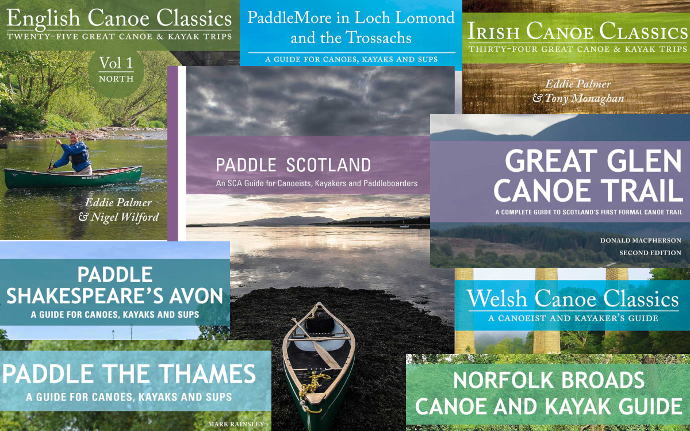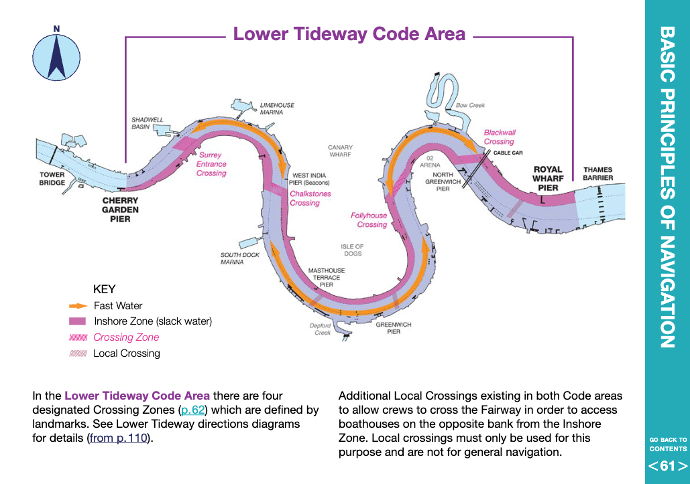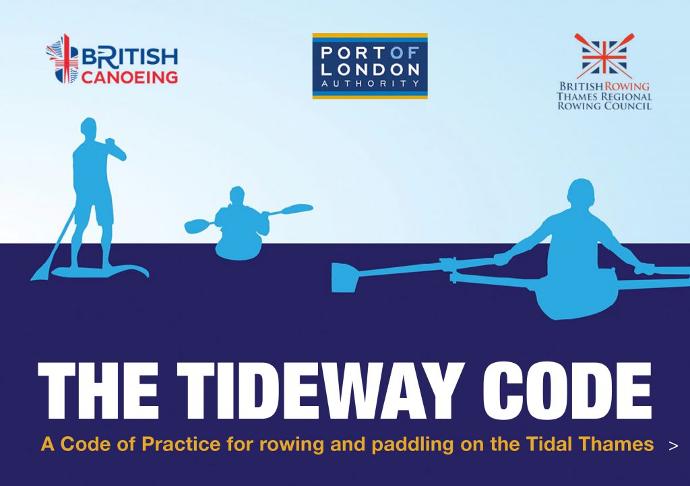Whilst canoeing is commonly associated with freedom and independence, the everyday reality can be regulations and guidance covering anything from licensing to what must be carried and from maximum group sizes to restrictions on where groups may land.
A WORLD OF RULES AND GUIDANCE
In many parts of the world, canoeing is regulated, especially for busier waterways, for ecologically-sensitive zones, for distinct user-groups or for key times-of-year… and robust enforcement can follow.
Even on waterways which are publicly owned, canoeists may be expected to get permits, licenses or insurance before going afloat. Local bylaws and/or official “guidelines” may also be hugely significant.
In places such as the Boundary Waters Canoe Area Wilderness (US), licensing may even apply to back-country canoeing.
Staying up to date with regulations may be easy where adventure tourism is popular, and may not be necessary where canoeing is almost unknown… but even within Great Britain and Northern Ireland, we find everything from a Right to Roam through to Licensed Waterways and Temporary Exclusion Zones.
In many countries, a right-to-roam extends to waterways, but expectations may remain high. In Finland, for example, the legal concept of Everyman’s Right extends immense freedom to roam but comes with some serious responsibilities. See Canoeing In Finland for details.
UNDERSTANDING EXPECTATIONS
In areas where all canoeists are expected to be local, everyone going afloat may just be expected to be familiar with any laws, bylaws or other official guidance which might apply before venturing afloat.
In tourist areas such as the Norfolk Broads (East of England), authorities may take steps to highlight regulations, bylaws and the rest. This can be through signage or a formally promoted licensing scheme.
Where authorities treat guides as commercial providers, expectations may be higher. Anyone deemed to be taking responsibility for others might be expected to be licensed through an approved National Governing Body. In some regions, visiting guides may also be expected to hold some form of work permit.
As we note in our Culture, Ethos, Social License blog, even where guidelines are not requirements, canoeists may come under pressure to support local communities, to demonstrate respect for other water users, to protect flora and fauna, and to get involved (contribute).
HOW THINGS WORK IN PRACTICE
In areas where canoeing is rare or contentious, local reports may be scarce, or may suggest quite contrasting views on the applicability of regulations, of guidelines, or of what might count as a “reasonable” approach to canoeing.
Fortunately, in places where canoeing is commonplace and welcomed, finding details of any regulations or guidelines is generally straightforward.
More importantly, expectations on the ground can be expected to reflect what has been published. In such areas, sources such as local providers and outfitters may be able to provide detailed guidance.
Reading blogs and viewing video logs (trip reports from canoeists who have been before) can be one of the more effective way of researching many trips, though caution is needed where those blogging might have special permissions, or be flouting local regulations, or have exemptions through nationality or qualifications.
In coastal environments, "how things work in practice" may be quite different for canoeists and those using much larger craft, but pilot guides tend to cover everyone. Like sea kayakers and dinghy cruisers, canoeists may get more from resources like Visit My Harbour.
WHAT REGULATIONS MAY COVER
Giving examples of how things work in practice could be misleading, but norms or expectations might cover areas such as:
* Insurance and/or a launching or waterways license or permits
* A suitable Personal Flotation Device (buoyancy aid, lifejacket)
* A signalling or communications device (e.g. whistle, flashlight, radio)
* Additional flotation and/or a bailer for emptying a swamped canoe
* A rescue line of floating rope and a suitable rescue-knife
* An alternative means of propulsion (e.g. a spare paddle)
Sometimes, regulations can be at odds with conventions, especially when developed to cover a broad range of water craft. Eg. UK, Canada.
Note: major commercial waterways may be exceptionally tightly regulated, especially where these are navigated by craft applying the International Regulations for Preventing Collisions at Sea (Colregs). See, for example, the Port of London Authority's Code of Practice for Rowing and Paddling on the Tidal Thames.
Courses to aid understanding coastal regulations range from British Canoeing's (e.g. Coastal Navigation & Tidal Planning) to assorted RYA Courses, including the RYA's Marina Radio Short Range Certificate for operating VHF and DSC radio equipment.
WHERE TO FIND FURTHER GUIDANCE
Despite the risk of being out of date, guidebooks often remain the most comprehensive source of guidance for visiting canoeists. See, for example, Guidebooks by Kevin Callan (Canada) and Pesda Press Guidebooks.
Canoeing's National Governing Bodies are increasingly offering canoe trails (e.g. Canoe Wales), and/or full Geographical Information Systems.
Other online sources remain hugely varied, from personal sites such as Wolfgang Langthaler's on the River Traun (Austria) to the official site of the Northern Forest Canoe Trail (Upstate New York to Maine).

Independent Canoe Associations can be found in many countries (e.g. Germany, Switzerland and Austria), and forums continue to link enthusiasts with practical experience of canoe trails (e.g. Canada, UK, Germany). Independent map makers such as Jübermann Verlag (Germany) also provide outstanding guides.
Depending upon our planned activity, relevant regulations may be more general than those specifically for canoeists. Examples include regulations for carrying loads (e.g. a canoe) on a roofrack or trailer, and regulations for back-country camping or cooking on open fires.




Canoeing Responsibility: Regulations and Guidelines